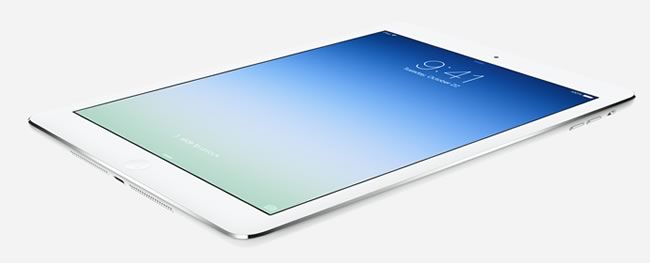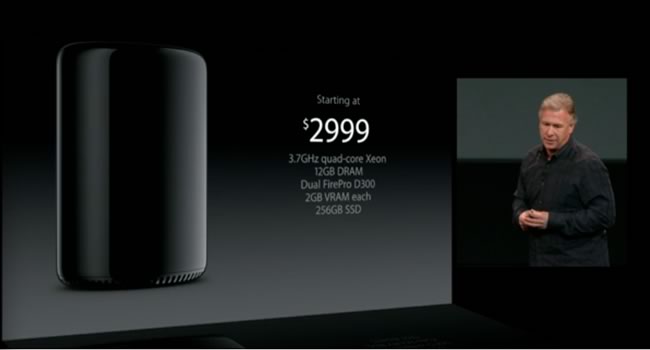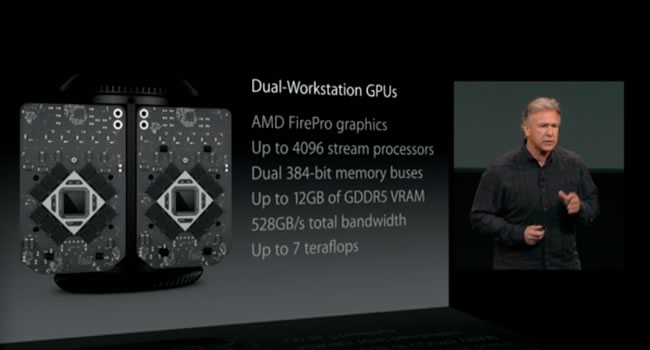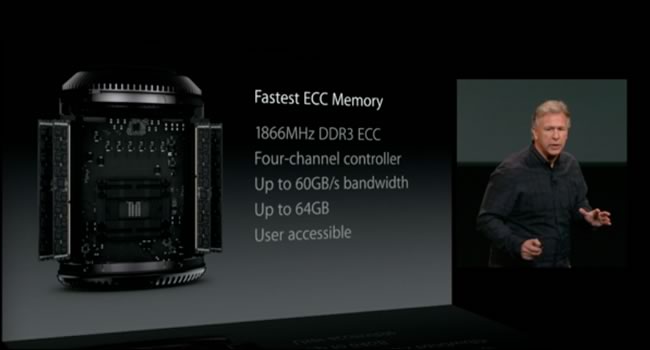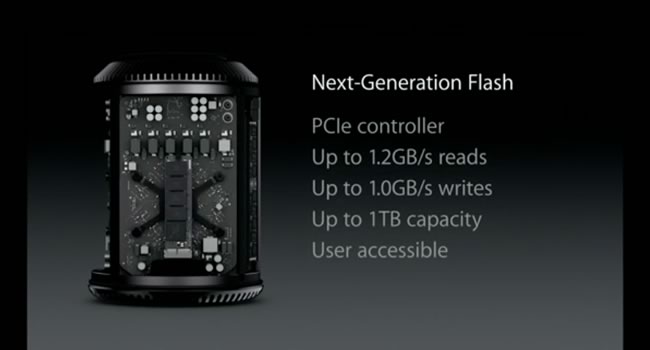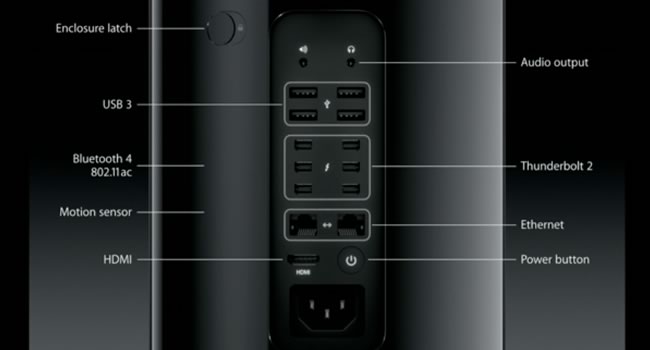Side hustles are no longer optional in South Africa. With food inflation still above 8 percent and electricity, transport and mobile data costs climbing…
Cheat sheet: iPad Air, iPad mini, MacBook Pro, Mac Pro and OS X

Apple today re-introduced the iPad, calling it the iPad Air, a thinner, lighter version of the iPad with a dramatically smaller bezel. The iPad mini saw an update to its face, now featuring a 2048 x 1536 “retina” display as well as the 64-bit A7 chip that shipped with the iPhone 5s.
On the desktop computing side, Apple provided a closer look at the Mac Pro, its cylinder shaped re-imaging of the power-user’s desktop computer. It will ship in December. Apple’s MacBook Pro line also received a significant speed bump, despite retaining its tried and tested design, for the most part.
Finally, on the software front, OS X’s latest release, Mavericks, launches today and for the first time, will be available as a free download. Apple also announced that its redesigned iLife and iWork software suites will be available for free, with the purchase of a new iOS or OS X device.
That’s all you need to know.
If you’d like to know more, here’s a compressed version of today’s entire one and a half hour presentation.
iPad Air
Apple says that the iPad Air is the iPad’s biggest change since its introduction, emphasising its more compact size as a design choice to inspire new ways of using it as a mobile tool in just about every line of work.
Here are some quick notes on the Air:
- It has a 9.7-inch display
- The bezel is 43% smaller than the iPad 2 as well as 20% thinner (7.5mm) and weighs exactly 1 pound, compared to the 1.4 pounds of the iPad 2.
- The iPad Air has the same 64-bit A7 chip as the iPhone 5s with double the CPU and GPU processing power of the iPad 2
- MIMO makes its first appearance on an iPad, allowing faster data transfer rates (twice the speed of the iPad 2) and will have expanded LTE capability, which makes it more carrier friendly.
Expect 10 hour battery life, colour combinations of silver and white, as well as space gray and black.
The iPad Air is available 1 November and pricing will start at US$499 for the Wi-Fi model and US$629 for one equipped with cellular radios.
Oh, and the iPad 2 will now be offered at US$399
iPad mini
When the iPad mini launched, Apple fans were unhappy with the omission of a higher resolution display. Whether it was Apple’s strategy from the start or an honest to goodness pricing conundrum, it no longer matters — the mini will now ship with a 7.9-inch 2048 x 1536 “retina” display.
Like the iPad Air, the iPad mini has:
- fast MIMO data transfer
- expanded LTE
- a new FaceTime HD camera
- 10 hour battery life
The iPad Air is available 1 November and pricing will start at US$399 for the Wi-F model and US$529 for one equipped with cellular radios.
The previous generation mini is now priced at US$299.
Oh, and you can pick up a new iPad cover for US$39 and a case will set you back $69 (iPad mini) and US$79 (iPad Air).
MacBook Pro
Both the 13-inch and 15-inch MacBook Pro received a significant spec bump thanks to Intel’s new Haswell and Crystalwell processors.
Features of the 13-inch model include:
- a weight of 3.56 pounds
- a side profile of 0.71 inches
- a Intel Haswell (4th generation, dual-core) processor
- Iris graphics for a 90% better graphics performance
- 9 hours of battery life
- PCIe Flash for a 60% fast reads
- 82.11ac -Wi-Fi which is 3 times faster than 802.11n
- Thumdebolt 2 for double the performance of the previous generation
It ships today and starts at US$1299.
Features of the 15-inch model are:
- a Crystalwell (4th generation, quad-core) processor
- Iris Pro graphics or discreet Geforce GT 750M graphics
- 8 hours battery life
- PCIe flash
- 802.11ac
- Thundebolt 2
It starts at US$1999 and ships today.
Mac Pro
Apple’s cylinder-shaped design is quite intriguing. It’s Apple’s most powerful pro-user computer and yet it’s only one eighth the volume of the previous generation and apparently no louder than a Mac mini sitting on your desk. It’s also entirely designed and manufactured in the USA.
It will ship in December and start at US$2999.
OS X Mavericks
Apple’s latest desktop operating system, OS X Mavericks ships today, and for the first time ever, it’s free. It is set to give old Mac hardware a boost by providing system optimisations that translate into, for example, 1 hour longer browsing. It’s new “Compressed memory” feature allows for more applications to be opened with less slow-downs. Apple explained how a system with 4GB of RAM will act like a system with 6GB of RAM. Mavericks is better at divvying up memory between the CPU and GPU depending on the task at hand and OpenCL can take CPU oriented tasks and give it to the GPU to do the work.
Features to look out for include:
- “Shared Links” ties that’ll tie into sites that others have sent to you
- better notifications: — respond to notifications directly, without going to the relevant app
- items can be tagged in finder for better organisation
- better handling for multiple displays
- a new iBooks app
- a new maps app which integrates with Calendar and the iPhone.
- a keychain for the web which helps with online payments and passwords
iLife and iWork
iLife has been redesigned for the Mac and iOS. That includes new versions (and a new look in iOS 7) for iPhoto iMovie and Garage Band. The same goes for iWork (Pages, Numbers and Keynote). Apple announced that both suites will be free with the purchase of a new Mac or iOS device and are available today.
The most important updates to iWork include file compatibility between iOS and the Mac, as well as collaboration features.
Here are some interesting things about the iLife refresh.
- In terms of iPhoto, albums are coming to iPad, which allows you to design a physical coffee table book containing your own pictures, delivered to your home.
- iMovie for iOS 7 brings desktop class effects to iPad such as picture-in-picture and the ability to speed up and slow down video. The new Theater feature puts movies and trailers in a single place to see and is available for sharing across iOS devices, Macs and Apple TV.
- Garage Band now allows for up to 32 tracks (on the 64-bit version) and has a new drum loop maker called Drummer.
Other quick hits
